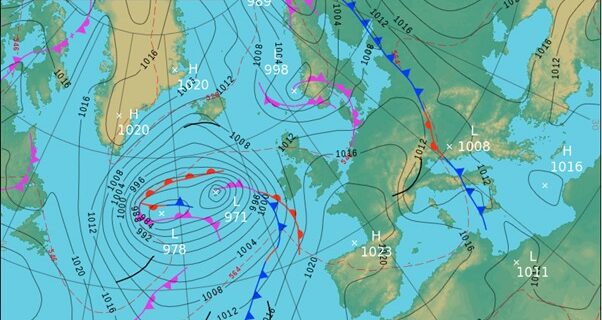With most of the UK experiencing snow and ice on the roads in the last week, it’s vital for road users to make sure that they and their vehicles are prepared for driving in wintry conditions before they start their commute to work and importantly for the return journey at night when it’s dark and the weather could be worse.
Although we can rely on the gritter lorries to treat the main routes, many minor routes will be left exposed to the elements so could be dangerous.
Preparing your vehicle for cold winter weather
Before heading out onto the roads during a cold snap, you should ensure your car is fully functioning as cold weather could escalate any underlying mechanical issues.
The RAC recommends drivers remember the acronym FORCES when carrying out DIY car checks on their vehicles — that stands for Fuel, Oil, Rubber, Coolant, Electrics, and Screenwash.
What to keep in your car during the winter
Whether you break down in a snowdrift or simply need to clear a little frost off your windscreen, it’s essential to keep your car stocked with everything you might need when the freezing temperatures hit.
As well as winter basics like an ice-scraper and a can of de-icer, pack some warm clothing and a waterproof coat as well as a hi-vis jacket and boots with good grip, just in case you get stranded in your vehicle or need to walk to help.
You should also put a shovel in your boot — particularly if you’re planning on driving on rural roads where snow might drift — and a torch (preferably wind-up) just in case you need to see in the dark.
Driving in snow
Make sure you clear all the snow from your vehicle BEFORE you set off. That includes the windows and the roof as loose snow can fall off your car and cause a hazard for other road users. Failing to do so could see you receive a fixed penalty from the police like the driver of this car (opposite) who was stopped on the A9 in the Highlands of Scotland. While the front windscreen had a small scraped area, the rear and side windows – not to mention top of the car – had been left untouched.
You should accelerate gently, using low revs, making sure that all your driving controls are operated smoothly and slowly. If your car has a ‘winter mode’ then enable it, as this will help reduce wheel slip.
Drive slowly and always maintain appropriate stopping distances — these will be greater than in normal conditions. If you go into a skid, make sure you steer into it and don’t slam your foot on the brake.
If you’re caught in a blizzard or heavy snowfall you should use dipped headlights to allow yourself to be seen, and if visibility drops below 100m then put your fog lights on and drive slowly and safely.
Driving on ice
The first thing you need to do is clear your windscreen of all ice and frost to ensure you can safely see out of the entire window so that you’re not ‘portholing’. If you don’t you could be fined £60.
In icy conditions, tyre grip is greatly reduced, so braking distances are much longer. Leave a much bigger than normal gap between you and the vehicle in front. You should accelerate, brake, steer and change gear as smoothly as possible to reduce the risk of skidding, while a higher gear help you find traction on pack ice.
And beware of black ice — a smooth, transparent layer of ice on the road surface. It’s not easily visible to drivers, so be extra careful if the road looks ‘wet’ as it could be black ice.
Keeping your premises clear of ice and snow
You can make sure your premises are safe for both drivers and pedestrians by arranging for Ice Watch to grit and clear snow when it falls. So, don’t delay, protect your customers, visitors and staff from icy and snowy conditions by making sure your winter gritting and snow clearance is in place by giving Ice Watch a call today on 01728 633900 for a quote tailored to your site.






